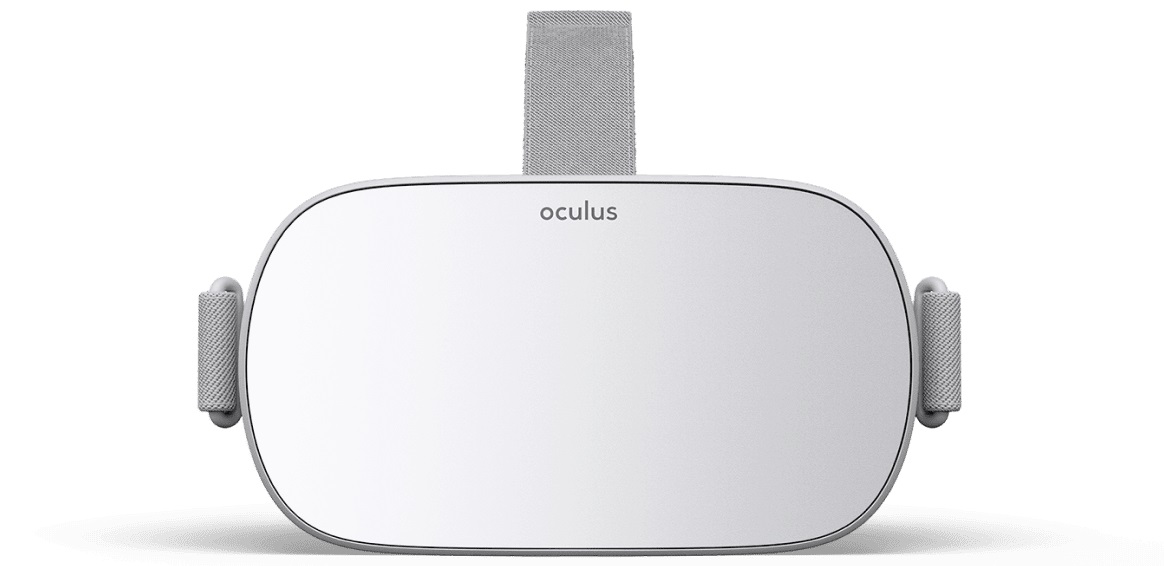Oculus has announced it is discontinuing support for the Oculus Go headset. The news comes from the Oculus Blog June, 23. The Oculus Go headset, which was an entry level VR device, was initially available for retail US$199 (32 GB model) US$249 (64 GB model). If you were looking to get the device while it’s still available then you may want to look to amazon or resellers. The official retail website https://www.oculus.com/go/ already has a message stating, “Oculus Go is no longer available.”
The forums and Facebook groups are pouring with people who are upset that the relatively cheap, wireless headset is coming to an end. There’s still some time left for Go, but support will come to a full halt in 2022.
If you own an Oculus Go headset, you’ll still be able to use it even after sales of Oculus Go end. We’ll also continue to maintain the system software with bug fixes and security patches through 2022. That said, we won’t be shipping new features for Oculus Go moving forward, and we’ll no longer accept new Oculus Go apps or app updates into the Store after December 4, 2020. We’ll stop adding new Go apps into the Store after December 18, 2020. Click here to learn more.
Oculus Blog
Truthfully, I’m not a bit surprised by the news that the Oculus Go is being discontinued. It’s reached the end of its life, and Facebook is focusing on current and future technologies.
The typical life of Android devices is short, with most mobile phones only receiving support and updates for a range of 18 months to 3 years.
Both, the Oculus Quest and the Oculus Go, are actually Android devices—they use much of the same hardware and software as smartphones powered by Google’s Android operating system.
Go’s demise can also be attributed to the massive success that they are having with Oculus Quest.
The Oculus Go was fairly limited in what it could do. Generally, I think of it as a passive media consumption device. Its main purpose was viewing 360° content—which can also be achieved by putting your mobile phone into a case that you strap to your face, like this one:
The outpouring of fans upset about the discontinuation tells me it was very good at what it did. It was also a fine device for passive social experiences. I have encountered Go users in VR on several occasions. Mostly, I found them in BigScreen and Altspace while I was visiting on either Quest or Rift.
The big difference between Quest and Go is that the Go only had 3dof (three degrees of freedom) it tracks only rotational yaw, pitch, and roll. The Oculus Quest has 6dof—up/down, forward/back, left/right, pitch, yaw and roll.
A year after Go’s release, Oculus developers were working with their Insight tracking system, an inside-out tracking system using an array of infrared cameras. This made it possible to use 6dof, and track touch controllers—the same touch controllers as the Oculus Rift S—without external sensors. They opened the floodgates for full on VR gaming and began selling Oculus Quest. (Oculus has been struggling to keep up with stock demands since December due to high sales volume and lowered production rates during the covid-19 pandemic).
So, it is time to say goodbye to the Go. If you are looking to get into VR or replace an old device, I strongly advise you go with the Oculus Quest when you see it available.
How do you feel about Oculus Go coming to the end of its life? Please, leave your reply in the comments below.

Leave a Reply